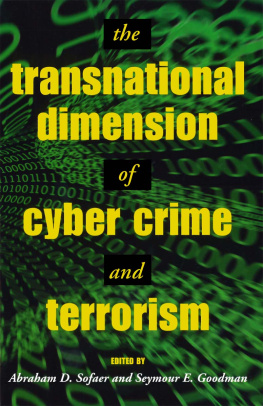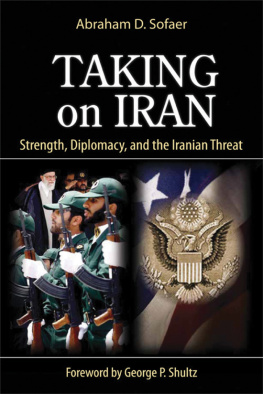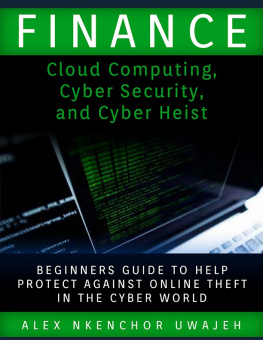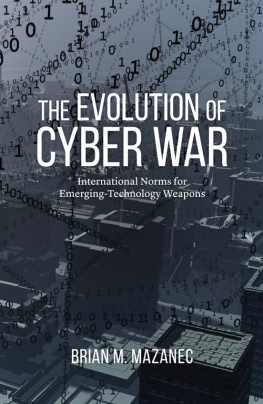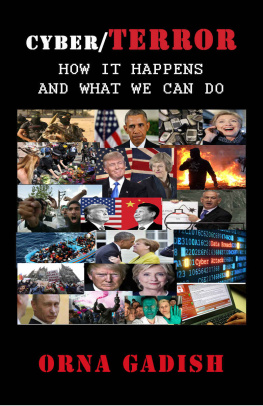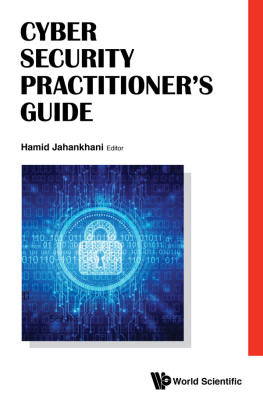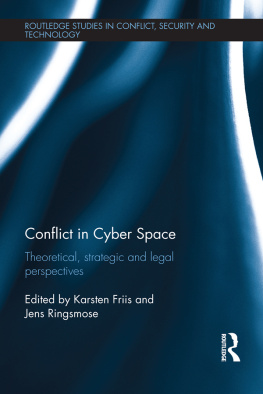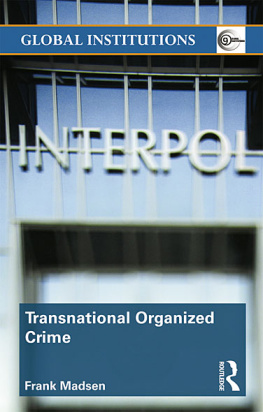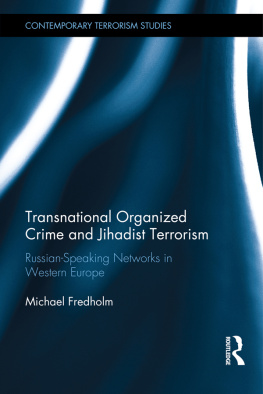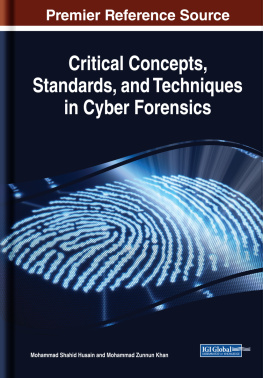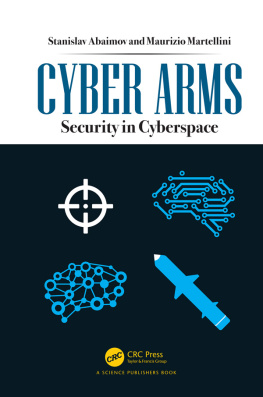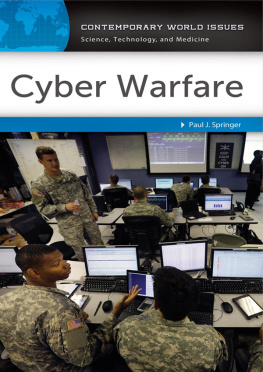The Hoover Institution on War, Revolution and Peace, founded at Stanford University in 1919 by Herbert Hoover, who went on to become the thirty-first president of the United States, is an interdisciplinary research center for advanced study on domestic and international affairs. The views expressed in its publications are entirely those of the authors and do not necessarily reflect the views of the staff, officers, or Board of Overseers of the Hoover Institution.
www.hoover.org
Hoover Institution Press Publication No. 490
Copyright 2001 by the Board of Trustees of the Leland Stanford Junior University
All rights reserved. No part of this publication may be reproduced, stored in a retrieval system, or transmitted in any form or by any means, electronic, mechanical, photocopying, recording, or otherwise, without written permission of the publisher.
First printing 2001
06 05 04 03 02 01 9 8 7 6 5 4 3 2 1
Manufactured in the United States of America
The paper used in this publication meets the minimum requirements of American National Standard for Information SciencesPermanence of Paper for Printed Library Materials, ANSI Z39.481984.

Library of Congress Cataloging-in-Publication Data
The transnational dimension of cyber crime and terrorism /
Abraham D. Sofaer, Seymour E. Goodman [editors] ;
Mariano-Florentino Cullar [ et al.].
p. cm. (Hoover national security forum series)
Includes bibliographical references and index.
ISBN 0-8179-9982-5 (alk. paper)
1. Computer crimesCongresses. 2. CyberterrorismCongresses. I. Sofaer, Abraham D. II. Goodman, Seymour E.
III. Cullar, Mariano-Florentino. IV. Series.
HV6773 .T7 2001
364.47dc21
2001024693
Foreword
On December 6 and 7, 1999, the Hoover Institution held a conference on international cooperation to combat cyber crime and terrorism. This conference is part of Hoovers National Security Forum, an ongoing institutional research initiative that involves expertsscholars, practitioners, and government officialsexamining and discussing the challenges to international security. This volume summarizes and synthesizes the conference papers and exchanges.
Important to the Hoover Institutions objectives is an increasing awareness of public policy issues, intending to contribute to and to promote meaningful dialogue and possible solutions. In addition to the meetings of experts, the National Security Forum, as a Hoover research initiative, produces books that collect, summarize, and synthesize the views of these experts for wide distribution.
The December 1999 conference followed on the National Security Forums inaugural event, a November 1618, 1998, conference that called attention to the serious threat of biological and chemical weapons. The 1998 conference was followed by a substantial volume, The NEW Terror: Facing the Threat of Biological and Chemical Weapons (Hoover Institution Press, 1999).
Todays information infrastructure is increasingly under attack by cyber criminals and terrorists. The number, cost, and sophistication of these attacks are rising at alarming rates, with aggregate annual damage worldwide now measured in billions of dollars. In fact, in the midst of preparing this volume, the archetype I Love You virus attacked millions of computers, causing huge repair costs and lost time. Cyber attacks threaten the substantial and growing reliance of commerce, governments, and the public on the information infrastructure to conduct business, carry messages, and process information.
At the December 1999 conference, organized by Abraham D. Sofaer, Hoovers George P. Shultz Senior Fellow, and Seymour E. Goodman, director of Stanford Universitys Consortium for Research on Information Security and Policy (CRISP), more than forty participants from government, industry, nongovernmental organizations, and academia from around the world assembled at the Hoover Institution to address the pertinent issues of the nature and threat of cyber crime and how to combat, deter, identify, and control it. Hoover senior fellow and former U.S. secretary of defense William J. Perry delivered the keynote address at the conference. (The full conference agenda is included as an appendix to this book.)
During the conference, a clear consensus of the conference participants emerged: greater international cooperation is required, and a multilateral treaty focused on criminal penalties for the abuse of cyber systems would help build the necessary cooperative framework. This volume includes a proposed convention, International Convention to Enhance Security from Cyber Crime and Terrorism, that emerged from the conference.
The success of the December 1999 conference and the publication of this book owe much to the persistent, hard work of many people at Hoover, CRISP, and Stanfords Center for International Security and Cooperation (CISAC). Abe Sofaer has responsibility for the National Security Forum and deserves special thanks. He has been aided effectively in these activities by Research Fellow George D. Wilson.
CRISP director Seymour Goodman and CRISP members Ekaterina A. Drozdova, David D. Elliott, Gregory D. Grove, and Stephen J. Lukasik, all highly experienced in the cyber arena, along with Stanford doctoral students Mariano-Florentino Cullar and Tonya L. Putnam, were tireless in their efforts throughout the conference as well as in the organization, writing, and editing of the book. In addition, the conference and book benefited from the efforts of a number of Stanford students, including Catalin Cosovanu, Joanne Rosario, Miles D. Townes, and Xiaogang Wang.
CISAC codirector Michael M. May is also acknowledged for his support of the conference. The active role of the many conference participants, in particular Drew C. Arena, Jack L. Goldsmith, Raisuke Miyawaki, Dietrich Neumann, Donn B. Parker, and H. H. Whiteman, is recognized.
Substantial credit is also due to Hoover associate director Richard Sousa for his management of the conference and the book production process, as well as to many dedicated Hoover staff members, including David Arizaga, Frank Coronado, Kelly Hauge Doran, Patricia D. Herrmann, Jonathan L. Hopwood, Teresa Terry Judd, and Craig Snarr. In addition, as always, Patricia A. Baker, Marshall Blanchard, and E. Ann Wood, all of the Hoover Institution Press, expertly edited and produced the book.
The Hoover Institution and all of us personally are grateful to Mary V. Mochary, a member of the Hoover Institution Board of Overseers, who provided generous financial support for this volume.
John Raisian
Director
Hoover Institution

